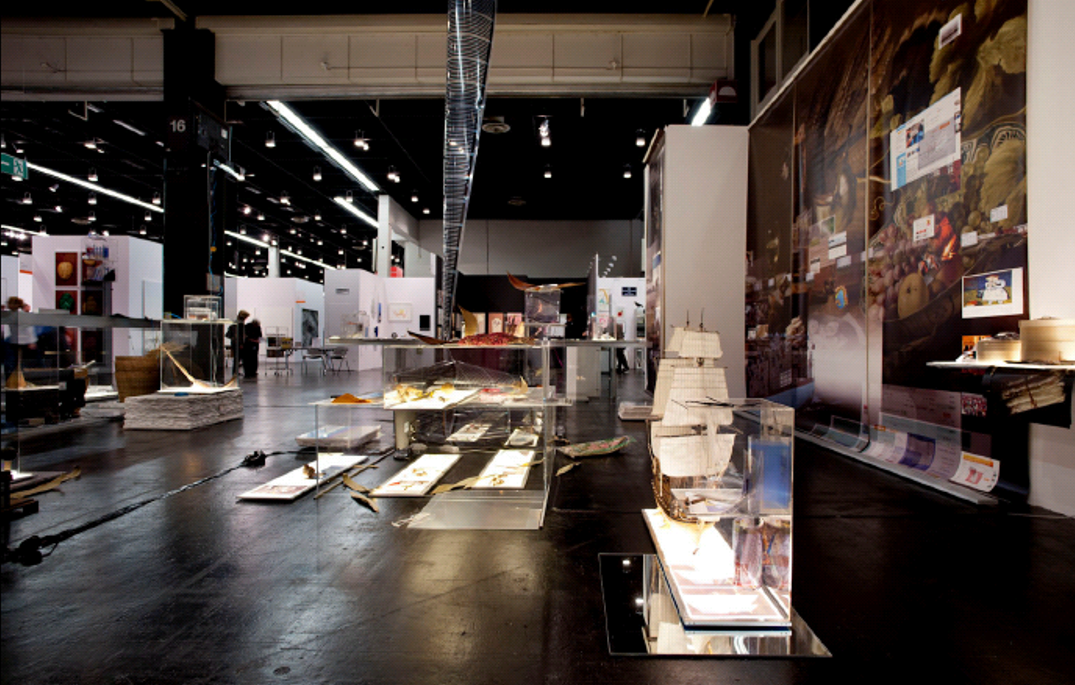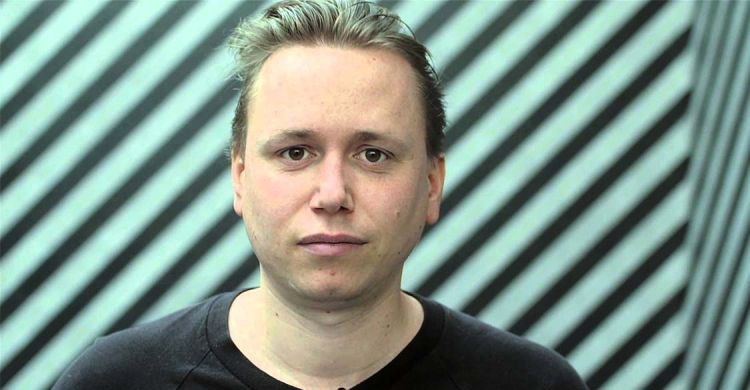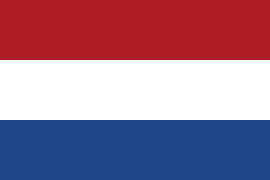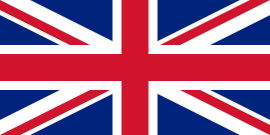

David Jablonowski
Hello Prediction! / Data Mining

A work of art that means a lot
This artwork by David Jablonowski is not just about a single topic; it’s an investigation that deals with a range of themes. It is about the past, the present and the future.
Market The history of markets and exchange values. An exchange value is the value that something has when it is swapped for something else. A market place is a location where things are bought and sold. This can be done via a website, as often happens today. However, people also need physical market places, such as shops selling furniture, or more traditional markets where you can buy flowers and fresh fish.
Buy and sell
This artwork is also about international trade. The ship reminds us of the VOC era, when all kinds of goods from what was then the Dutch East Indies were shipped to Europe.
Increasingly difficult world
The banking crisis had a major impact. Certain figures in the finance sector turned out to be earning shocking amounts of money, while a lot of people with shares lost so much. It made people suspicious and they still are. So, people increasingly want to know what happens to each and every data stream. They want to know where they stand. After all, almost everyone is a bank customer.
Transparency
Today's consumers crave honesty, so they can have confidence in what's happening. This is almost impossible because there is such an enormous amount of digital information. People are often not able to keep track of how things work with money flows, how companies operate and everything else that's involved. This creates a vague, sketchy world that can be somewhat scary. Banks and other big companies have a great deal of information and knowledge. That gives them power. As the expression goes, knowledge is power. That phrase dates to 1597 and was coined by the scientist – not to be confused with the painter – Francis Bacon.
Zooming in and out
Economics concerns supply and demand and involves both people and companies. You could say that economics concerns everything that revolves around value. There is macroeconomics and microeconomics. Macroeconomics is about the economic system as a whole. Its counterpart is microeconomics. This focuses on individual companies and consumers and involves, for example, analyses of people's buying behaviour.
Three parts
You can look at this artwork as three sections of a book. The most important work is the trading floor with the 'unpacked' goods and the data around them. The section with the ship is about direct transport in the past, as opposed to all the digital data we use today. The narrow tower contains a film with today's logistics, the management of the flow of goods that enables businesses to run smoothly. You see this together with a palm leaf, which has become a worldwide symbol of globalisation, especially were it concerns the economy.
A waterfall of data
Big data
David's sculptural installations are about ‘big data’, large data sets containing information about internet users that are broken down into various categories. This breakdown of information is used to detect new trends and changes.
Do you accept cookies?
Companies analyse what people want and why they want it. As a result, different people get different search results and one person might be shown advertisements for plane tickets while another gets perfume ads. It depends on your search and purchasing habits.
Many sites use cookies. When visiting websites, a pop-up screen will appear that you must click on to say whether you'll accept them. Cookies effectively create a digital trail of crumbs: they indicate what you've been looking for
VOC
The ship you see in this artwork is reminiscent of the trading vessels of the VOC, the Dutch East India Company. This was the only Dutch company that was permitted to trade with Asia. The VOC was the first multinational (a business that is active in various countries) and was the first company in the world to issue shares. The work features a number of trading products, such as spices.
As a company, the VOC has quite a presence in the LAM. The works of Yinka Shonibare and Subodh Kerkar also involve the VOC in some way. Coffee and tea were sold for large amounts of money too. The works that deal with this are therefore also indirectly related to the VOC.
The materials of this artwork
This artwork is made of various materials, including glass, aluminium, marble, spices and carbon fibre. Carbon fibre also plays an important role in some of David's other works. This material is made of extremely thin fibres of carbon, between five and ten micrometres in size, which consist of elongated carbon crystals.
These carbon fibres are made from acrylic, which is taken apart by fire at a temperature of 3,000° Celsius. The material is carbonised, thus the name carbon fibre, and has certain properties that make it suitable for use in the aviation and automotive industries.
Carbon fibre does not oxidise under the influence of water and oxygen and doesn't weigh much but is incredibly strong. It is sustainable, environmentally friendly and almost impossible to break. The construction industry uses carbon fibre as reinforcement to strengthen concrete. It is also used in sports equipment such as rowboats, yachts and vaulting poles. It's very likely that you own something containing carbon fibre. The material is also used in bicycles.
Reflection
Something hangs from the ceiling. It's fairly enigmatic. It may remind you of a roll of film, but it's a heating element that radiates a temperature of 36 degrees Celsius. That's the average body temperature, which brings back – as it were – a human element to data streams. This artwork is not just abstract. There’s a personal aspect too.
Where David comes from
A rich family, a poor family, a big one or a small one. A huge house or a tiny flat. How a person grows up has an influence on who they become. For instance, consider the differences between growing up in a major metropolis and a childhood spent in a village. David comes from Bochum, which prospered thanks to the mining industry. The city is located in Germany's Ruhr region, the country's biggest industrial area. These days, financial services and technology are more important to the city than mining. As a child in the Ruhr, David could see the effects of industry and then witnessed the transition to service provision. In one way or another, his upbringing inspired the ideas that he comes up with and implements as an artist today.
De Ateliers
David took a course at De Ateliers, an art education centre in Amsterdam. The institute was founded in 1963 and many well-known artists have studied there, including Marlene Dumas and Rob Birza. De Ateliers is an important art institute with a large network.
The course David took has very strict selection criteria. You can only take it if you've already graduated from an art academy. Students at De Ateliers are called 'participants'. They receive regular visits from supervisors while in their studios, known as 'ateliers' in Dutch, hence the name. Guests come to visit from the Netherlands and abroad. They talk with the participants and advise them on their work. The VandenBroek Foundation, which also founded the LAM, provides financial support to De Ateliers.
From digital to flesh and blood
These days, ‘communication’ is an often-used word. David believes communication is important. Many companies have someone who is responsible for ‘communication’. But what exactly is it? To put it succinctly, communication is the exchange of messages via email, WhatsApp or letter, for instance, and the face-to face discussions we have with each other. David is amazed at all the streams of communication in modern society.
The art that David creates focuses on exploring how online communication has become a means of expressing physical objects. For example, a screen full of photos and stories brings material items to life: something that can only be seen on a computer screen still manages to become real for the person who reads and views it. And 3D printing will make digital concepts even more tangible.
Old & new
What today is brand new and high-tech is old-fashioned tomorrow. The transparencies you see in David's artwork are an example of this.
David poses the question
David wonders whether trade and communication over the internet can broaden and deepen our idea of what constitutes art?
Together
In 2011, David's work was presented in an exhibition along with art by Rob Pruitt. The LAM has a very unusual refrigerator by Rob on display.
Which artwork are you? And which one would you like to be?



